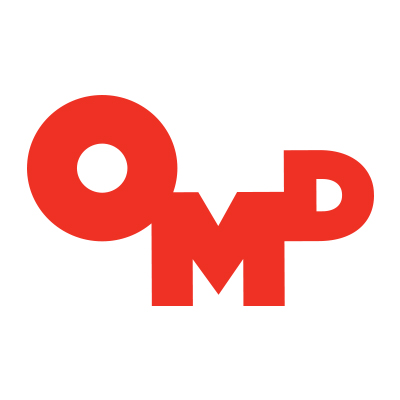Originally published on The Drum.
Emma Ramsay, Head of Research and Insight at OMD EMEA, explores three consumer behavioural trends set to expand in the year ahead.
For better or worse, the pandemic has caused us to re-evaluate many different aspects of our lives. Over the past two years, we’ve had more time to reflect and re-assess our life priorities an d, ultimately, reconsider what it is that makes us happy.
At the same time, we’re having to brace ourselves for a cost-of-living squeeze involving rising energy bills, surging inflation and potentially higher interest rates in the future.
These escalating living costs will no doubt slow the global economic recovery, as those who have been able to save during lockdown are now either using their savings to offset higher household spend or sitting on their money in preparation for the uncertainty that lies ahead. In fact, KPMG expects one in three consumers to reduce their spend in 2022 because of a cost-of-living squeeze.
This has all been a catalyst for the emergence of several interesting consumer behavioral changes, such as the explosion in popularity of ‘Buy Now, Pay Later’ (BNPL) apps such as Klarna, plus our desire to replenish the emotional deficit we’ve experienced since the start of 2020.
In the US, 7% of shoppers said they would use the BNPL credit card alternative as a payment method for holiday purchases, according to a CNBC/Momentive Small Business survey.
While that 7% pales in comparison to other more traditional payment methods – 55% of shoppers said they’d use debit cards, 51% would use credit cards and 43% said they’d still use cash – experts believe that percentage could easily be doubled or tripled in the coming year.
Moreover, the use of BNPL globally jumped 29% during Black Friday and Cyber Week, according to Salesforce data, and 30% of British consumers say they’ve used BNPL to make purchases that were outside of their budget.
Retail brands therefore are having to sit up and take notice of the upward trajectory of BNPL usage by assessing their legacy platforms used for conversion. Online shoppers will continue to demand greater flexibility at the point of sale, and they will no doubt start to expect that same flexibility in-store as well.
After two years in which many of us have ‘languished’ through lockdown life – experiencing neither sadness nor joy, but instead a general lack of emotion – for many consumers now is the time to break out of their confines and embrace new and unique activities, often paid for using BNPL.
As a result, brands need to further consider the tonality of their marketing and tap into a renewed consumer desire to look on the bright side of life, embracing personal transformation and growth through fun, playful and positive messaging.
Consumers now need a break from all the uncertainty that lies ahead. They want permission to feel joy, balanced against a growing acceptance that the pandemic will remain endemic within our society as we learn to live with it.
A virtual brand presence could offer fun elements of escapism and gamification, alongside promoting ease and confidence to shop in a stimulating online environment. IRL strategies should reassure consumers and provide reminders that it’s OK to re-engage with those moments that drive meaning and happiness.
A final fascinating behavioral change, caused by our collective re-evaluation of life and purpose, is what’s being billed as ‘the great resignation.’
By reassessing work-life balance, employees are either looking to reconfigure how they work or are actively seeking a new employer who will offer better workplace flexibility. In January 2022, the job site Reed revealed it had its highest number of postings since 2008.
One chief executive even told me recently that each time he’s been made aware of a rival business mandating a return to the office for all staff, he simply sends in his recruiters and offers their top talent a more accommodating, hybrid alternative.
Never has it been more important to define and articulate your internal brand in order to retain, reward and attract talent. It’s no longer just about value statements or manifestos. A strong internal brand is a powerful way to communicate to employees how your company culture has evolved for a hybrid world and why it can form a positive part of people’s resolutions to embrace change in the year ahead.
